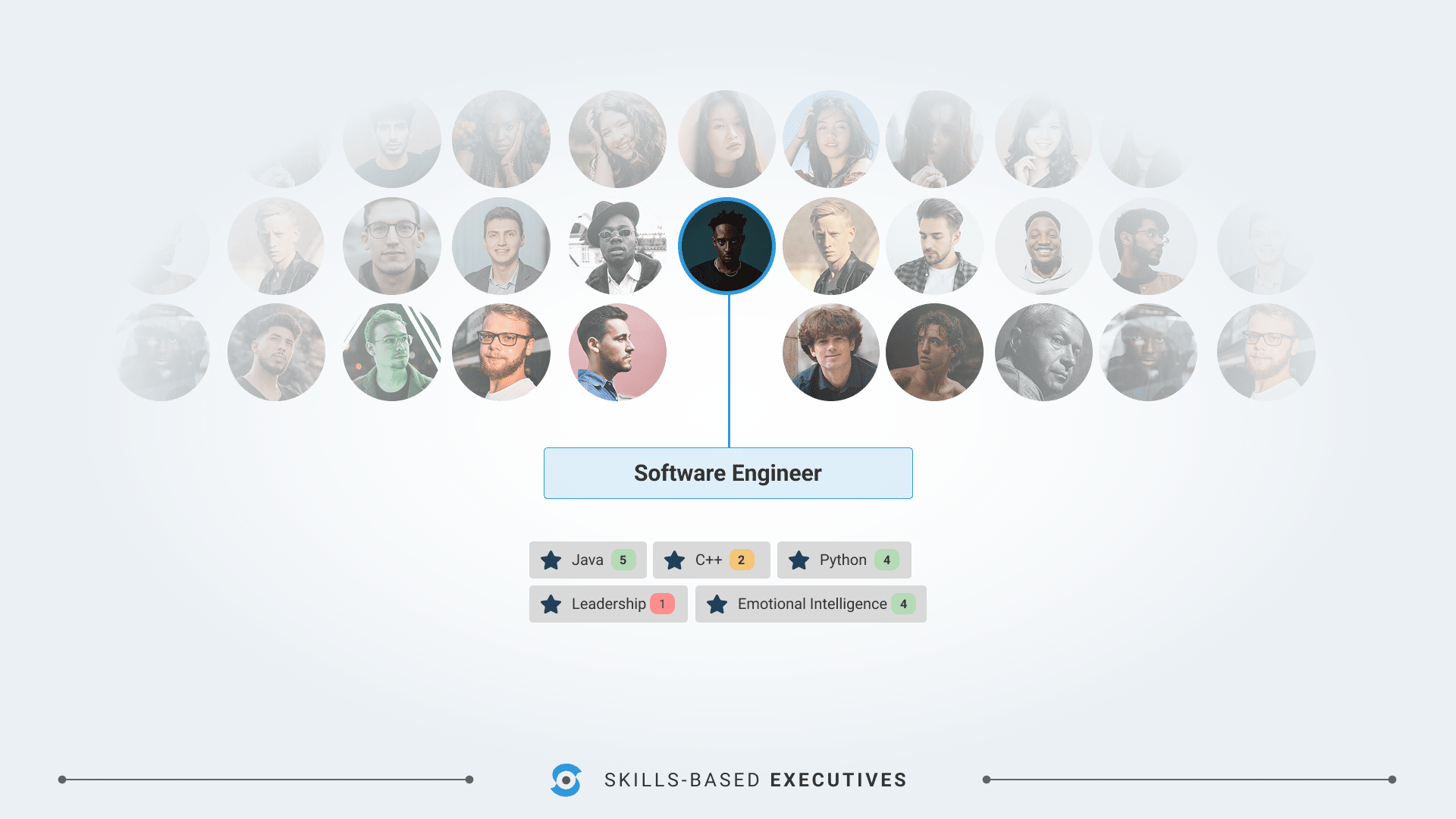The Market Has Changed. Job Titles Are Obsolete. Skills Are the New Currency. Is Your Organization Ready, or Risking Extinction?
Stop thinking about jobs. Start thinking about skills. This isn’t a trend; it’s a fundamental market shift, a strategic imperative driven by relentless technological advancement, evolving business models, and unprecedented uncertainty. Organizations clinging to rigid job descriptions and outdated hierarchical structures are building on sand. To achieve genuine organizational agility, maintain a competitive advantage, and become a future ready organization, you MUST adopt a skills-based approach to talent. The risk of inaction isn’t just stagnation; it’s irrelevance.
Why the Old Model is Broken
Traditional organizational structures based on fixed job roles are increasingly ill-suited for today’s dynamic environment:
- Rigidity Kills Agility: Job descriptions lock people into narrow functions, hindering the rapid formation of cross-functional teams and redeployment of talent needed to seize opportunities or respond to threats. Spreadsheets tracking job titles only reinforce this rigidity.
- Hidden Potential Wasted: Focusing on job titles obscures the vast array of valuable skills employees possess beyond their core role. This untapped potential represents a massive, missed opportunity.
- Slow Adaptation: When new skills are needed, the old model defaults to slow, costly hiring processes for new “jobs” instead of identifying and developing existing talent with adjacent skills.
- Inequitable & Biased: Job titles and pedigree can often overshadow actual skills and capabilities, leading to biases in hiring, promotion, and compensation. A skills-based approach fosters meritocracy.
- Poor Strategic Alignment: It’s difficult to align static job roles with constantly evolving strategic capability needs. Skills provide a more granular and flexible unit for planning.
The consequences of ignoring this shift are dire:
- Loss of Agility: Inability to pivot quickly in response to market changes, ceding ground to more nimble, skills-based competitors. A core goal of a business agility strategy is fluid talent deployment.
- Erosion of Competitive Advantage: Failure to leverage the full spectrum of internal skills and quickly acquire new ones means falling behind in innovation and execution (competitive advantage talent strategy failure).
- Becoming Obsolete: Organizations unable to adapt their workforce’s skill profile to meet future demands risk becoming a future ready organization in name only.
- Inefficient Investment: Wasting resources on outdated recruitment and development practices instead of targeted, skills-focused initiatives.
The Skills-Based Organization: Principles for Success
Transitioning to a skills-based model requires a fundamental rethink of how talent is viewed, managed, and deployed. It’s a core executive skills strategy. Key principles include:
- Skills as the Foundation: Defining work, assessing talent, managing performance, and planning the workforce based on skills and capabilities, not just job titles.
- Dynamic Skill Inventory: Maintaining a real-time, accurate, and granular understanding of the skills possessed by the workforce.
- Skills-Based Talent Practices: Implementing hiring, development, compensation, and internal mobility processes that prioritize verified skills.
- Culture of Continuous Learning: Fostering an environment where acquiring new skills is encouraged, supported, and rewarded.
- Agile Deployment: Creating mechanisms to quickly assemble teams and deploy individuals based on required skills, regardless of their formal role or department.
Enabling the Transition: Technology is Crucial
Making the shift to a skills-based organization is a significant undertaking that cannot be managed effectively with outdated tools like spreadsheets. It requires robust technology platforms designed specifically for skills management and intelligence.
Platforms like Skills Base, for example, provide the essential infrastructure for this transformation. They enable organizations to define a common skills language, comprehensively inventory and validate workforce skills, identify skill gaps relative to strategic needs, and facilitate skills-based talent deployment and development. They provide the visibility and data analytics necessary to move beyond job titles and manage talent strategically based on capabilities. The benefit is making the strategic imperative of becoming skills-based achievable, providing the foundation for enhanced business agility, a stronger competitive advantage talent strategy, optimized investments, and ultimately, creating a truly future ready organization.
The Choice is Clear: Adapt or Be Left Behind
The transition to a skills-based operating model is no longer optional; it’s a strategic imperative for survival and success in the modern economy. The risks of clinging to outdated, job-centric structures are simply too great.
- Embrace the strategic imperative of becoming skills-based.
- Develop a comprehensive executive skills strategy.
- Invest in the technology required to manage skills effectively.
- Foster a culture that values capability and continuous learning.
Lead your organization into the future by making skills the core of your talent strategy. Build the agility, resilience, and competitive edge needed to not just survive, but thrive in the years ahead.
